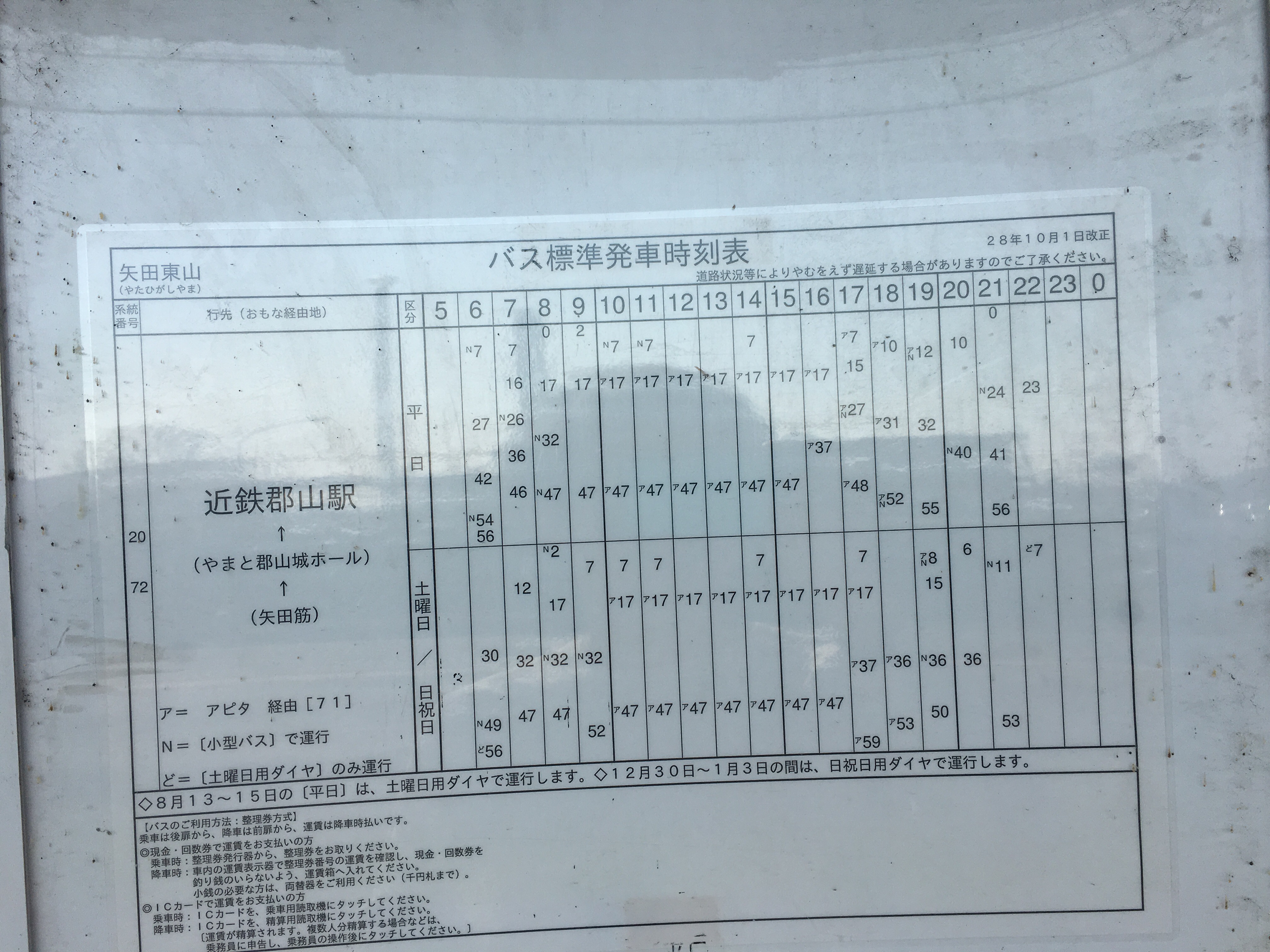 日本にきてから、いろいろなところへ行ったり、旅行したりしたけど、今回は初めて一人でバスや電車に乗って東京まで行った。もちろん、この地図苦手の俺は緊張していたが、どちらかというとワクワクしている。だって、自分のペースで旅行することはちょっと寂しけれど、いろいろできることがあると気づいた。
日本にきてから、いろいろなところへ行ったり、旅行したりしたけど、今回は初めて一人でバスや電車に乗って東京まで行った。もちろん、この地図苦手の俺は緊張していたが、どちらかというとワクワクしている。だって、自分のペースで旅行することはちょっと寂しけれど、いろいろできることがあると気づいた。
まずは奈良から大阪までバスに乗って家族に会いに行った。四十五分ぐらいかかったけど、たくさんのこと考えた。どこの駅で降りるとか次の電車は何時に来るとか誰も言ってくれない、これからは。。
Probably the first thing I came across after coming out from Namba station. 道頓堀 "Dotonburi" is the spot in Namba where you'll always see mainstream picture, especially Glico Man, the face of the confectionery company (you know, the marathon guy raising both his hands) It is also the must-go-place to eat should you decided to stop by Osaka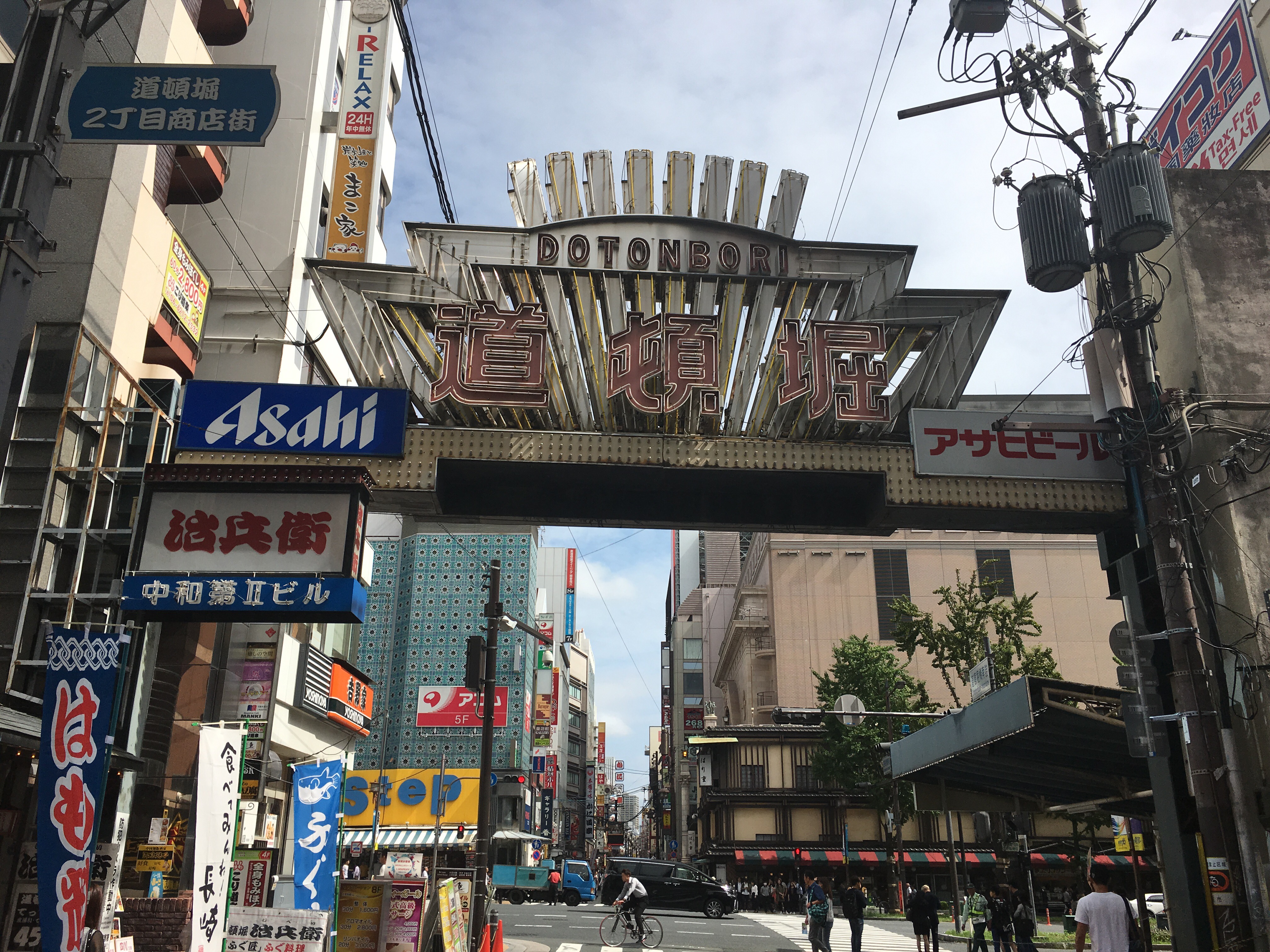
It is normally much more livelier at night due to the incredible lighting display that time.
However, it is still no less livevier at daytime due to its wide range of shops and restaurant. There were several landmarks which are main spots for tourists
Probably no explanation is needed as it's probably spot able the moment you exit Namba station. This is just the simple map displaying the distance of Dotonbori from Namba station. As you can see it's pretty near and you just need to cross the road once or twice depending on which exit you used
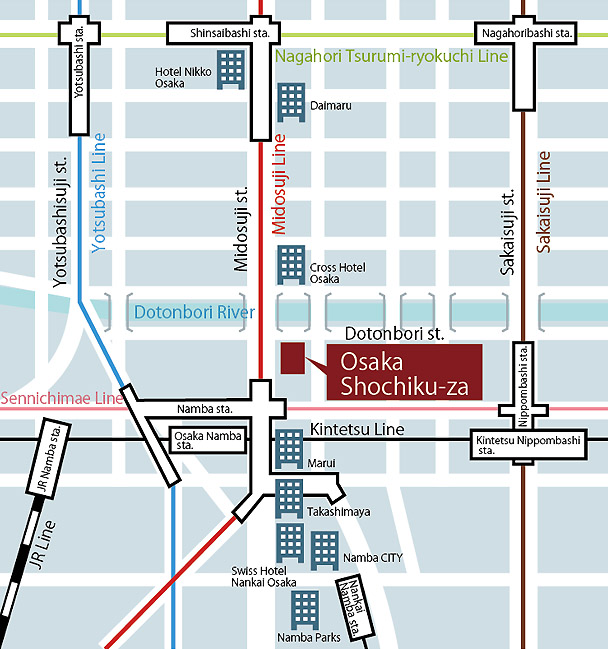
A stall with a huge crab hanging in front of the building selling roast and steam crab meat (obviously) 
The mechanical drummer Kuidaore Taro, a symbol of Osaka, has returned to the city's Dotonbori area, ending its one-year odyssey following the closure of the restaurant where it once stood guard. Kuidaore Taro was placed in front of the restaurant in 1950 and became a local landmark. Osaka is known as the city of "kuidaore", meaning "to ruin oneself by eating and drinking to excess"
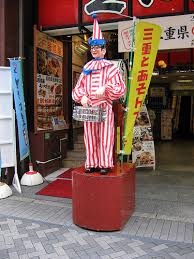
Being famous for Takoyaki, Dotonburi Kukuru holds many stall selling these octopus ball. One of the most well known would be Dotonbori Kukuru which is also a landmark due to its humongous octopus on the front of the building which makes it an easy to spot place for tourist. (I personally haven't try the food there due to its long line)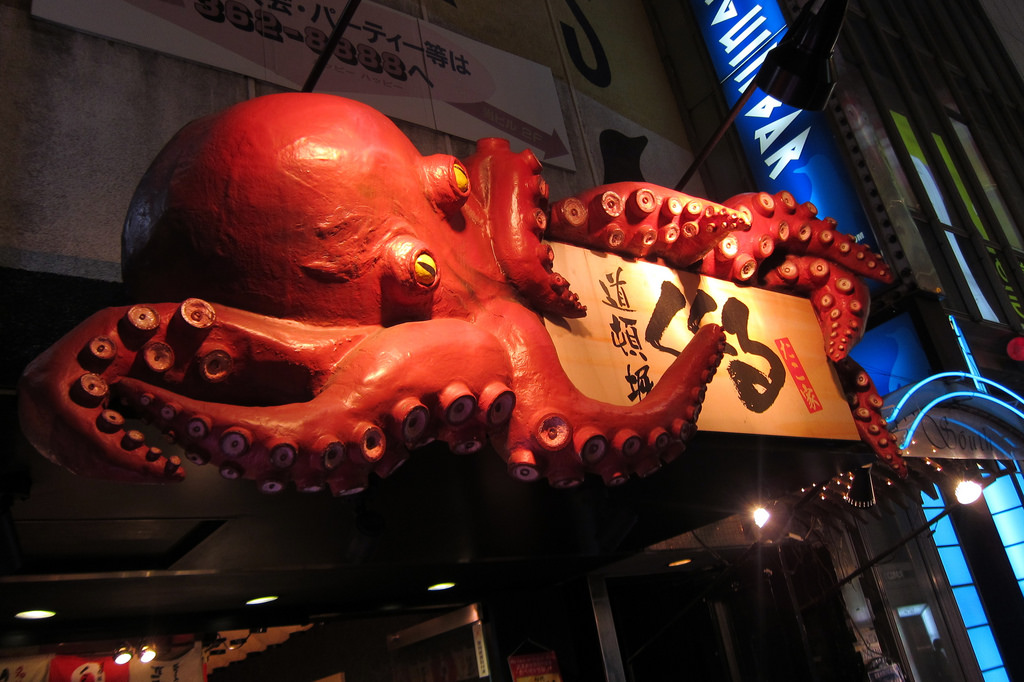
Another trademark of Dotonbori would the Dotonbori bridge where there is a tourist boat bringing them around the water canal across Nipponbashi. This bridge is crucial to connect both Nipponbashi and Dotonboribashi The bridge is also known as Ebisubashi due to its initial purpose as a pathway which lead to Ebisu Shrine.
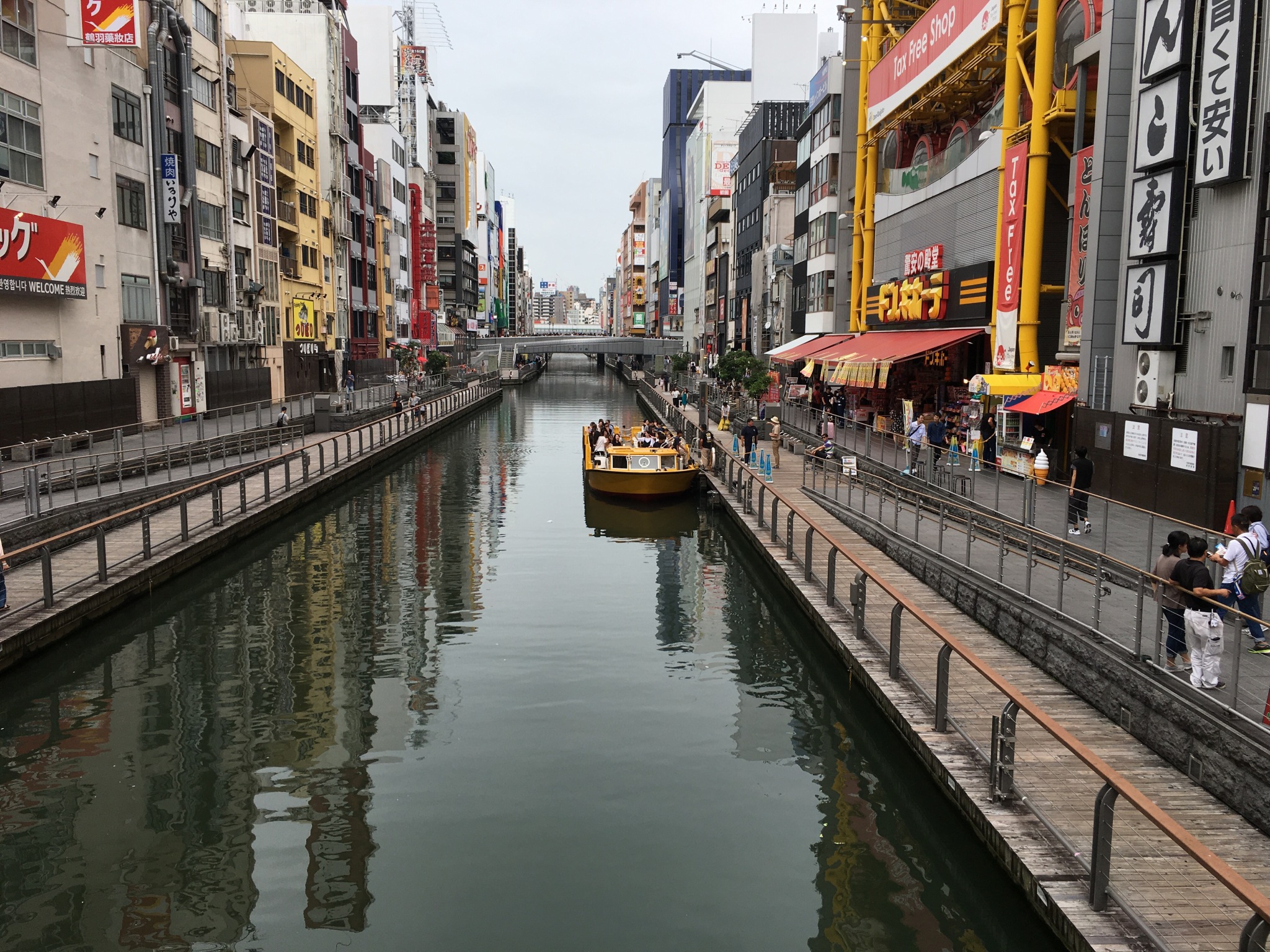
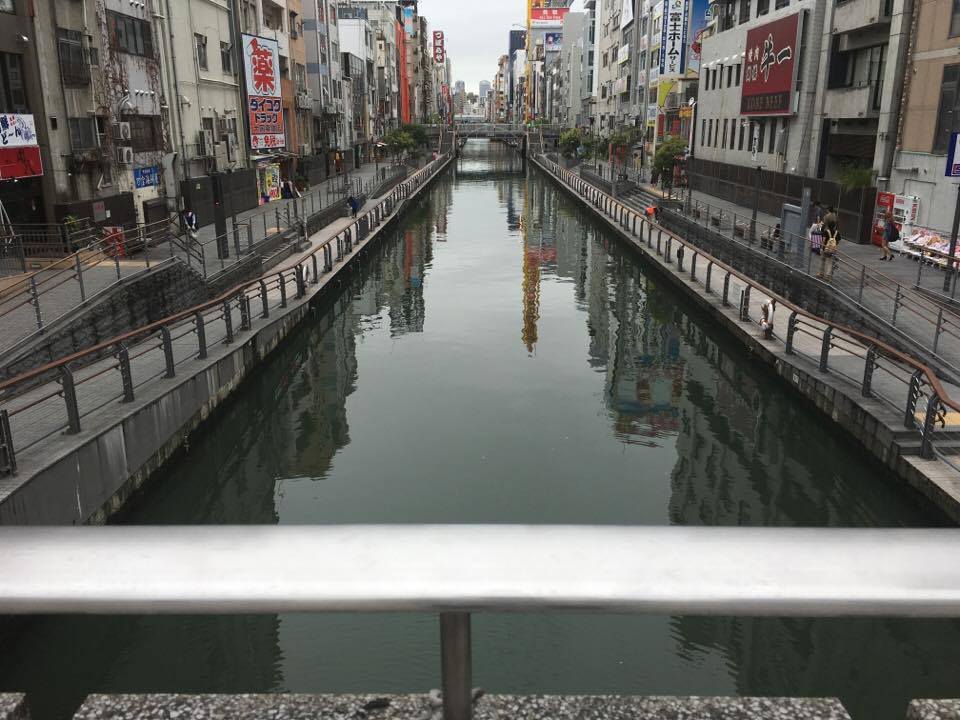
The first cross section junction you will spot on your first exit
Probably my first takoyaki here in Osaka, 十八番たこ焼き is locate. I didn't have much time to try other takoyaki around here so I dare not compare at this moment but their prices are reasonable so I would recommend this stall to those dropping by Namba someday.

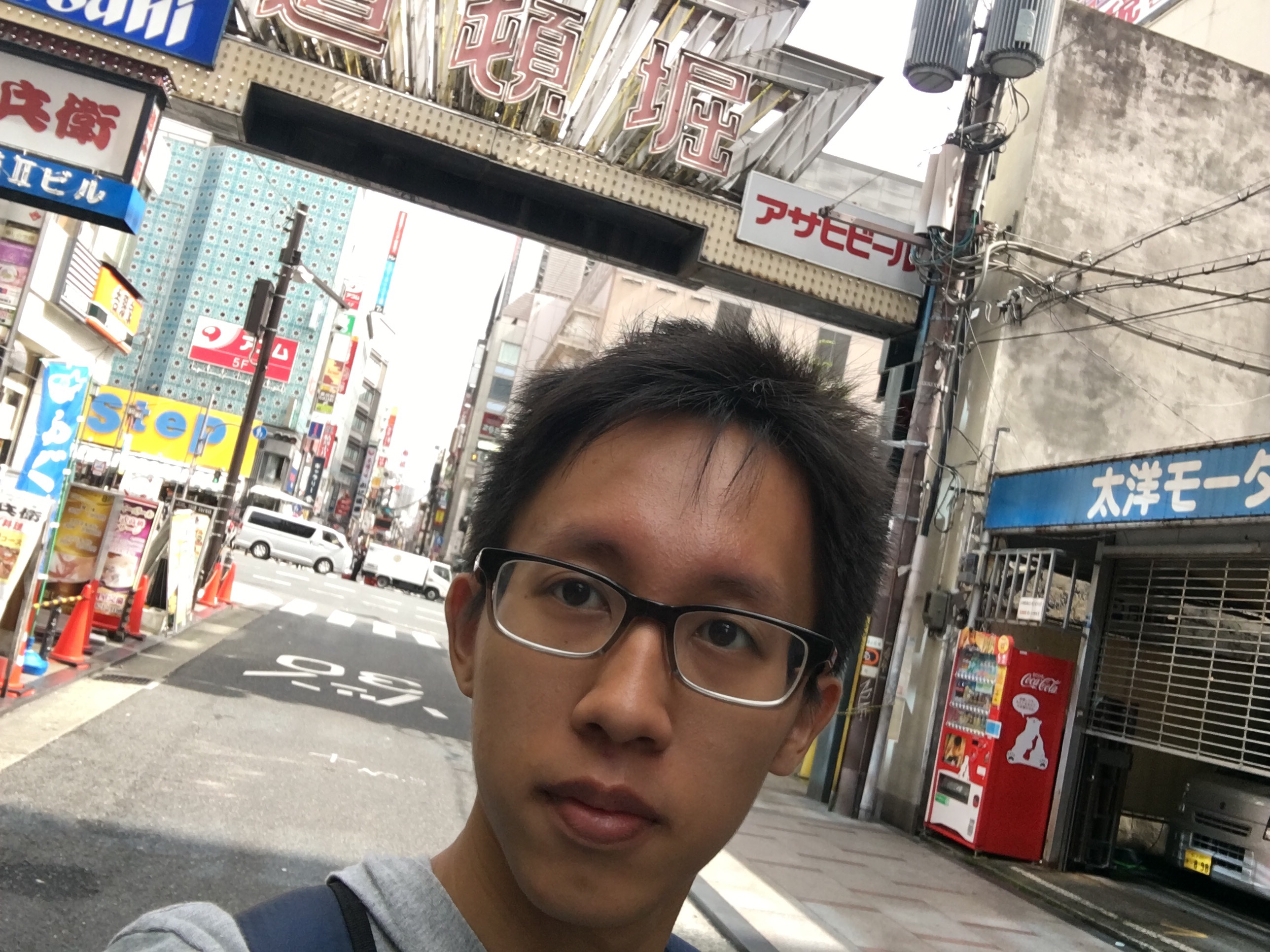
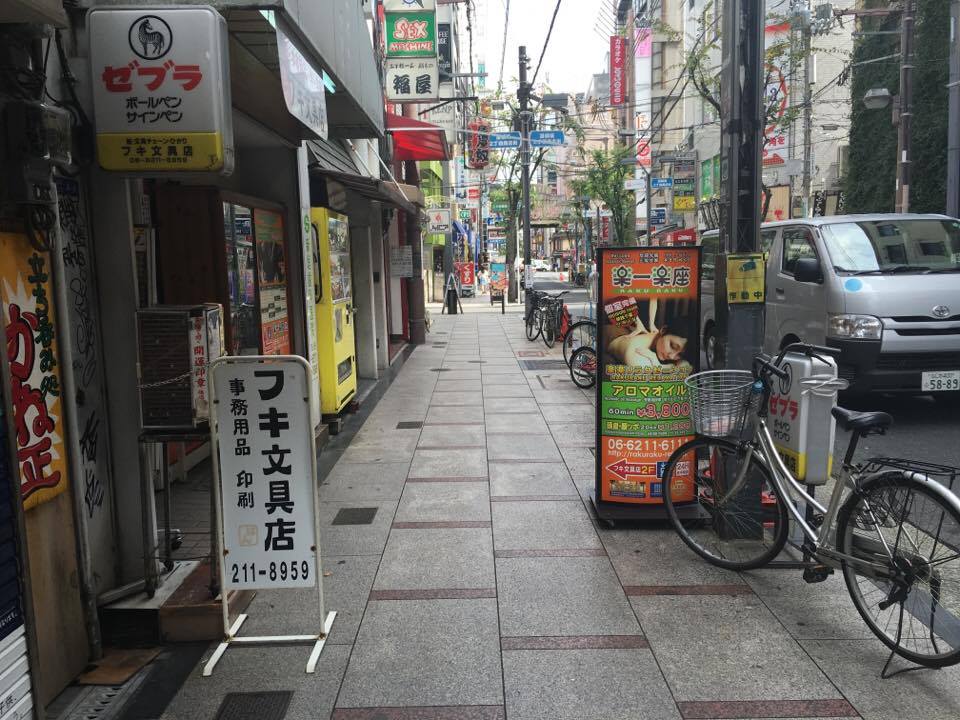

 |
| My first month storage |
 |
| GODIVA, chocolate paradise |
 |
| You don't see many roads, nor car in Nara |
 |
| Something you don't see everyday |
 |
| Iconic watchtower |
 After taking some pictures all around the all famous harbour, we took a trip to the much more packed street they called Kobe Nankanmachi AKA Kobe Chinatown. Well, technically I'm a Chinese but seeing my people's culture spread like butter even here, just makes me glad to be one (that feeling doesn't come often). And it is also here where we had our try on the famous Kobe beef eeeeeveryone has been talking about. The hype bout it makes it the wait in line more bearable. We had it in the form of burger since we just had our lunch there but that 1000 yen burger was worth the money. I'm not a big fan of beef myself but even I could tell that meat was definitely one of a kind.
After taking some pictures all around the all famous harbour, we took a trip to the much more packed street they called Kobe Nankanmachi AKA Kobe Chinatown. Well, technically I'm a Chinese but seeing my people's culture spread like butter even here, just makes me glad to be one (that feeling doesn't come often). And it is also here where we had our try on the famous Kobe beef eeeeeveryone has been talking about. The hype bout it makes it the wait in line more bearable. We had it in the form of burger since we just had our lunch there but that 1000 yen burger was worth the money. I'm not a big fan of beef myself but even I could tell that meat was definitely one of a kind. |
| rush hour? |
 |
| even spiderman can't help it |

 Next we took a break from eating, and took a few bus and train trips here and there looking for Mt. Rokko. Nothing extreme, just waited for a cable car at the foot of the mountain and after some smooth ride in about 10 minutes, there we were at the top of the Rokka mountain ranges. The view from above, just to put it short, is like a window to Kobe itself. (sorry as you've probably known, I'm a shitty photographer so can't really take a nice scenic view of it, will probably work on it in the future) But regardleass, the view from up there was phenomenal. Greenery surrounding the hills and up further you can see the city itself and also the ocean that stretches after that.
Next we took a break from eating, and took a few bus and train trips here and there looking for Mt. Rokko. Nothing extreme, just waited for a cable car at the foot of the mountain and after some smooth ride in about 10 minutes, there we were at the top of the Rokka mountain ranges. The view from above, just to put it short, is like a window to Kobe itself. (sorry as you've probably known, I'm a shitty photographer so can't really take a nice scenic view of it, will probably work on it in the future) But regardleass, the view from up there was phenomenal. Greenery surrounding the hills and up further you can see the city itself and also the ocean that stretches after that.
 |
| Best place for ramen, Ichiran Ramen |
 |
| Full moon |

 This year would be the first time I spend this festive season away from home. However, like how the glass is always half full, this is the opportunity for me to finally play my role in introducing this tradition to foreigner (Japanese in case you're new here). And also, I have friends whom I can enjoy celebrating this annual festival with me (in case you guys are reading) so no regrets here at all :)
This year would be the first time I spend this festive season away from home. However, like how the glass is always half full, this is the opportunity for me to finally play my role in introducing this tradition to foreigner (Japanese in case you're new here). And also, I have friends whom I can enjoy celebrating this annual festival with me (in case you guys are reading) so no regrets here at all :) |
| A trip by the river |
Rio 2016 has made headlines all over the world for the past few weeks and after a splendid introduction of Tokyo 2020, people are already excited about it 4 years before its opening. The rise in the number of tourist during that year is something to look forward to, not to mention the increase in the number of the people who will begin attending Japanese class in preparation for that. Here are some head-start tips for you guys out there:-
 |
| some of them are rather good at it |
 First we took a trip to a temple (Btw, there are like a LOT of shrines and temples here) called Koufuku-ji. One of the main attraction would probably the pagoda (cone like building). Didn't expect to find one here though. Another trivia about it, is that the place is under the UNESCO World Heritage List. The details about the place such as history and architecture, I'll leave it to Mr. Google for those of you
First we took a trip to a temple (Btw, there are like a LOT of shrines and temples here) called Koufuku-ji. One of the main attraction would probably the pagoda (cone like building). Didn't expect to find one here though. Another trivia about it, is that the place is under the UNESCO World Heritage List. The details about the place such as history and architecture, I'll leave it to Mr. Google for those of you